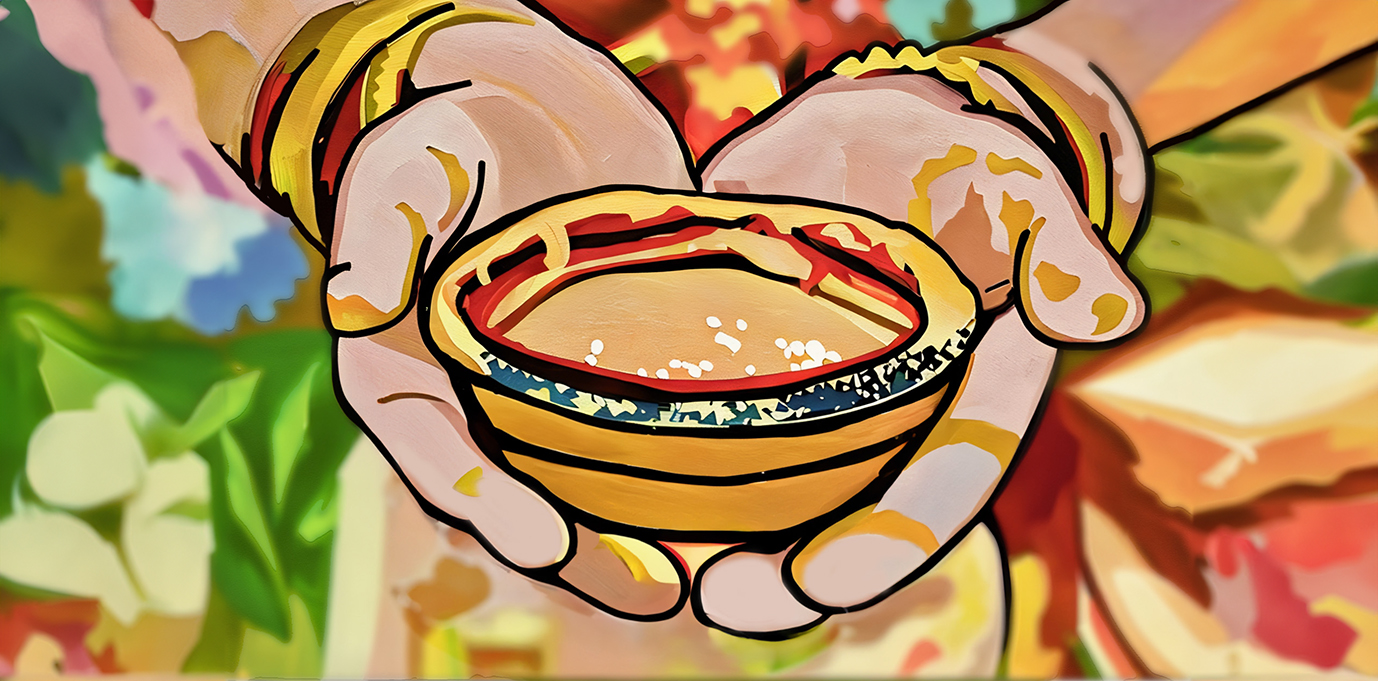Culture Corner
Exploring the ceremonial significance of Haldi in Indian culture.
Turmeric, or haldi, as it is commonly known in North India, has been an integral part of Indian culture and tradition since the Vedic period (1750-500 BCE). Haldi is incorporated in almost every part of Indian culture and is used for cooking, beauty treatments, Ayurvedic medicines, and even in weddings.
The haldi ceremony, a quintessential part of Indian weddings, typically takes place the day before the wedding. It involves making a thick paste made of haldi powder, sandalwood, rose water, milk, and gram flour. This paste is then applied to the face, neck, arms, legs and feet of the bride and groom by their relatives and close friends.
Haldi is known for its anti-inflammatory and antioxidant properties and is meant to give a ‘divine glow’ to the engaged couple, as well as soothe their nerves before the wedding. Haldi’s bright yellow color is seen as auspicious, and this application of haldi paste signifies giving blessings to the soon-to-be-married couple and wishing them a prosperous life together.
One of the main reasons the haldi ceremony takes place is the belief that by applying the haldi paste, the bride and groom will be protected from buri Nazar or ‘evil eye’. It is also common for some of the leftover haldi to be applied by the engaged couple to their single and unmarried friends and family, as it is said that the ‘mystical powers’ of the haldi will usher in everlasting, true love for the person who uses it. After the haldi ceremony is concluded, the bride and groom are usually made to stay in the house until the wedding ceremony, to ensure the prevention of evil spirits.
During the British Raj, however, all traditions of this sort were looked down upon and discouraged, as they were not the ‘British way’ and seen as uncivilized. The effects of colonization are still felt today, as colorism is deep seated in Indian society and fairer skin is more desirable than darker skin. As such, haldi is a common ingredient in ancient Indian beauty secrets and hacks to brighten and lighten skin tone, one that is still being used today.
Although my country is evolving and such views are diminishing, there is no denying that, in many parts of India, haldi is still pushed as a solution to achieving lighter skin. However, it is encouraging to know that haldi ceremonies have less to do with skin color and more to do with age-old traditions, taking its form as a fun and healing pre wedding ritual. Haldi should be a way to affirm our cultural unity and pride, not to distance ourselves from any signifiers of our “Indian-ness,” such as a darker complexion. As diasporan Indians, we should endeavor to preserve the sentiments of our culture that persisted before the ills of colonization.

